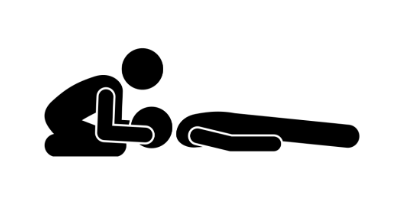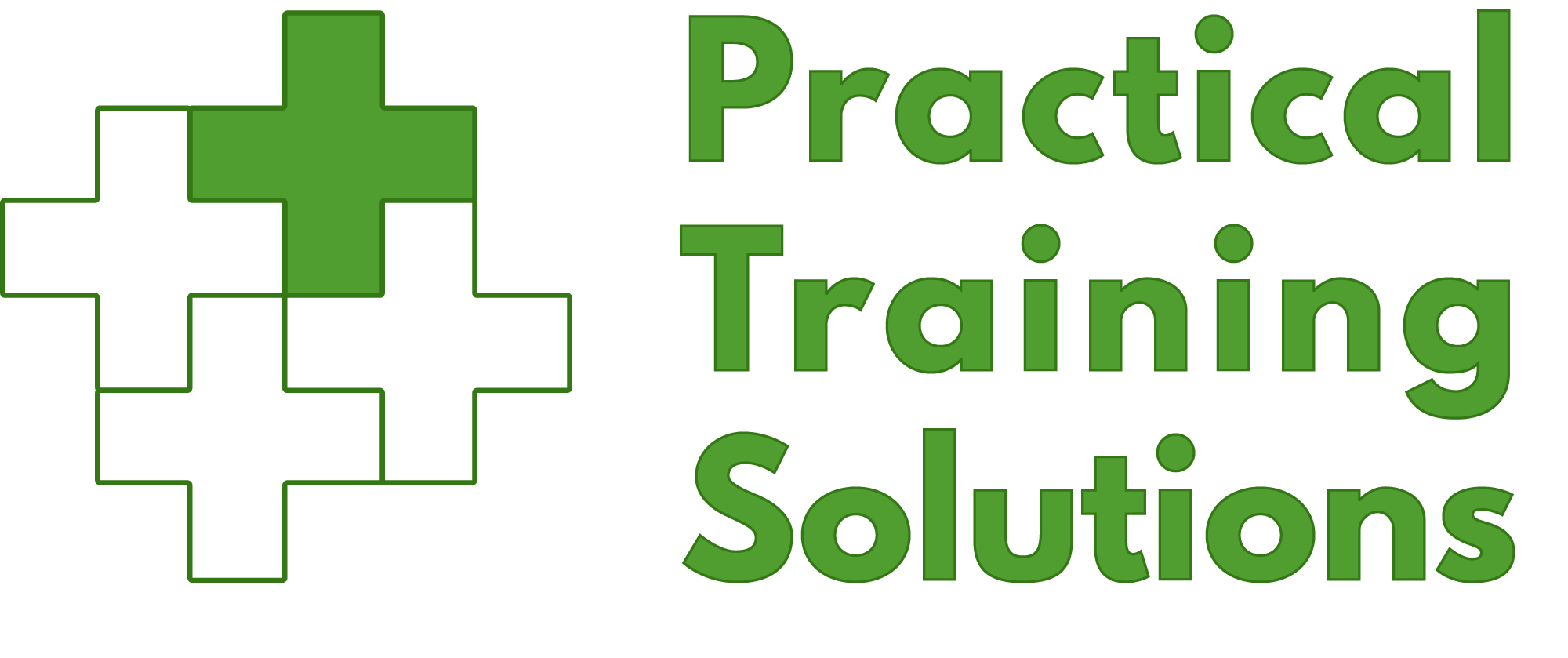Spinal injury first aid
Suspected spinal injuries of the neck, particularly if the victim is unconscious, pose a dilemma for the rescuer because correct principles of airway management often cause some movement of the cervical spine.
The priorities of management of a suspected spinal injury are:
- calling for an ambulance
- management of airway, breathing and circulation
- spinal care.
An awareness of potential spinal injury and careful victim handling, with attention to spinal alignment, is the key to harm minimisation.
The conscious person
Tell the victim to remain still but do not physically restrain if unco-operative. Those with significant spinal pain will likely have muscle spasm which acts to splint their injury. Keep victim comfortable until help arrives.
If it is necessary to move the victim from danger (e.g. out of the water, off a road), care must be taken to support the injured area and minimise movement of the spine in any direction. Ideally, only first aid providers or health care professionals trained in the management of spinal injuries, aided by specific equipment, should move the victim.

The unconscious person
Airway management takes precedence over any suspected spinal injury.
It is acceptable to gently move the head into a neutral position to obtain a clear airway.
If the victim is breathing but remains unconscious, it is preferable that they be placed in the recovery position. The victim should be handled gently with no twisting. Aim to maintain spinal alignment of the head and neck with the torso, both during the turn and afterwards.
In victims needing airway opening, use manoeuvres which are least likely to result in movement of the cervical spine. Jaw thrust and chin lift should be tried before head tilt.

Things to note..
Log roll
The log roll is a manoeuvre performed by a trained team, to roll a victim from a supine position onto their side, and then flat again, so as to examine the back and/or to place or remove a spine board.
Spinal boards
Rigid backboards placed under the victim can be used by first aiders should it be necessary to move the victim. The benefits of stabilising the head will be limited unless the motion of the trunk is also controlled effectively during transport. Victims should not be left on rigid spinal boards. Healthy subjects left on spine boards develop pain in the neck, back of the head, shoulder blades and lower back. The same areas are at risk of pressure necrosis. Conscious victims may attempt to move around in an effort to improve comfort, potentially worsening their injury.
Paralysed or unconscious victims are at higher risks of development of pressure necrosis due to their lack of pain sensation. Strapping has been shown to restrict breathing and should be loosened if compromising the victim.
Victims may be more comfortable on a padded spine board, air mattress or bead filled vacuum mattress; devices used by some ambulance services.
